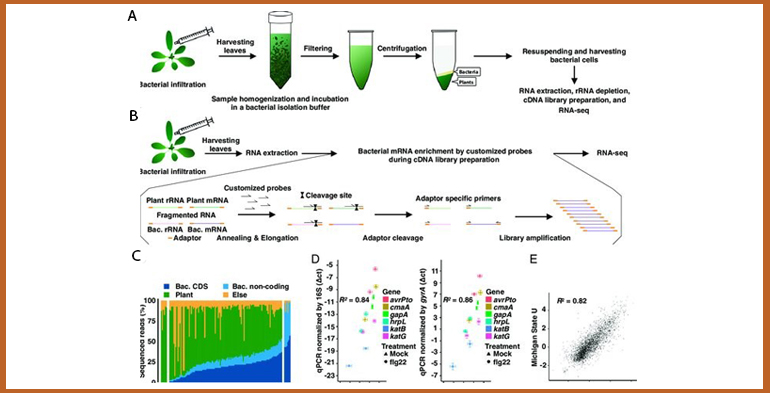
Md. Ataur Rahman:The present world population of 7.3 billion people is expected to increase to 9.7 billion by 2050. Global food consumption is increasing due to rapid population increase. Furthermore, contemporary challenges to global food security include global climate change, environmental degradation, drought, new illnesses, and saline soils. We need to move beyond conventional and molecular plant breeding to reduce the negative impacts of these many agricultural productivity restrictions and improve crop yield and stress tolerance in plants.
At present, two potent new genome editing tools named Transcription Activator-Like Effector Nucleases (TALENs) and Clustered Regulatory Interspaced Short Palindromic Repeats (CRISPR)/Cas systems (CRISPR-Cas9), have been heralded in the production of stress-resistant plants. Researchers are trying to overcome the limitation of plant breeding by these new modern technologies. In that concern, we are introducing a term “transcriptome”, RNA based research in the field of modern biotechnology.
What can we learn from a transcriptome? An RNA sequence is identical to the DNA sequence from which it was transcribed. As a result, researchers can tell when and where each gene is turned on or off in an organism's cells and tissues by studying the full collection of RNA sequences in a cell. Identifying transcriptional regulatory elements and understanding the mechanisms underlying transcriptional control is critical for avoiding unexpected effects in changed agricultural plants, which might have significant health impacts.
The purpose of transcriptome analysis is to find genes that are differently expressed under distinct contexts, resulting in new knowledge of the genes or pathways that are linked to the conditions.
Non-coding RNAs (microRNAs, small interfering RNAs, and long non-coding RNAs) have been identified as major players in gene regulation, including RNA splicing as an essential regulated post-transcriptional process.
Transcriptomes sequencing and some related research have been started already in Bangladesh. These research activities can bring many new objectives in near future in agricultural research of Bangladesh.
-Writer:Scientist, ASRBC